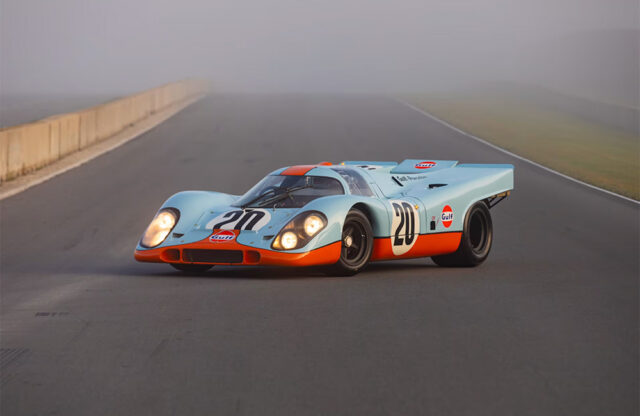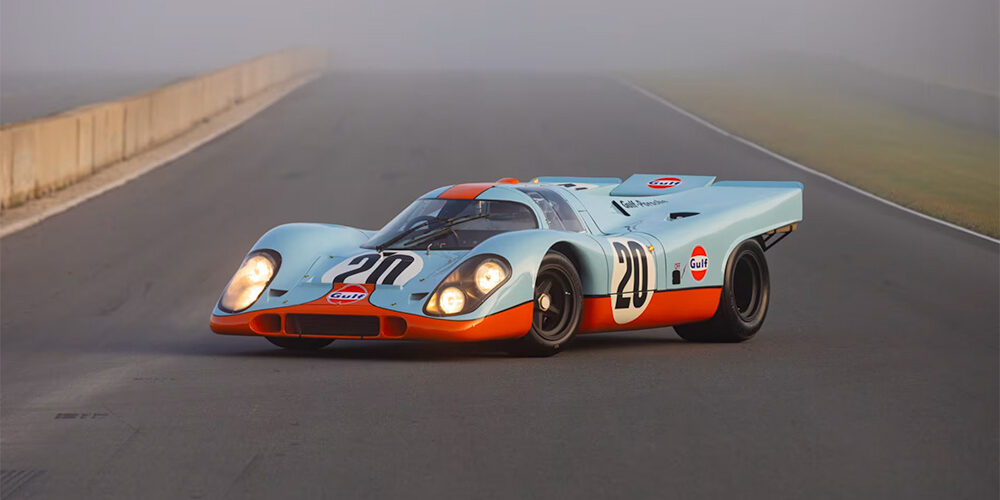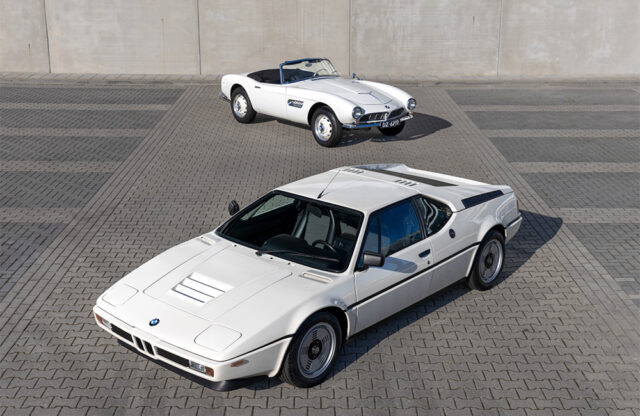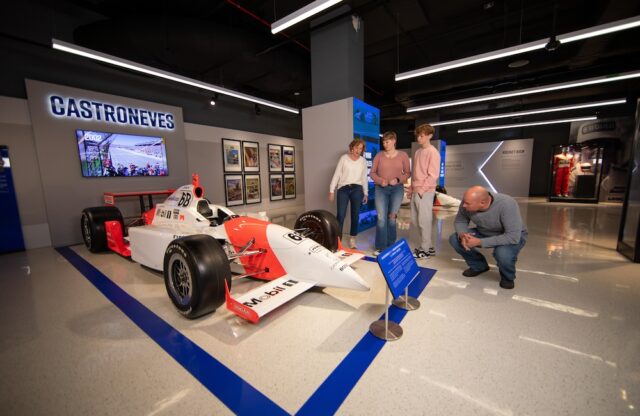It had all the makings for a Hollywood story to match anything either of its major custodians had come up with. One of three Porsche 917Ks used by Solar Productions for the 1971 Steve McQueen film Le Mans, currently owned by Jerry Seinfeld, offered for sale for the first time in a very long while.
In the run-up to Mecum’s Kissimmee sale, there were feverish guesses as to how much it would go for: $40m? $50m? $80m? Come January 19, 2025 however, and it was all rather more muted. Bidding for chassis 917-022 started at $25m, but soon dropped to $15m. It rallied back to $25m, but Seinfeld passed. More details on the Porsche’s history can be found here.
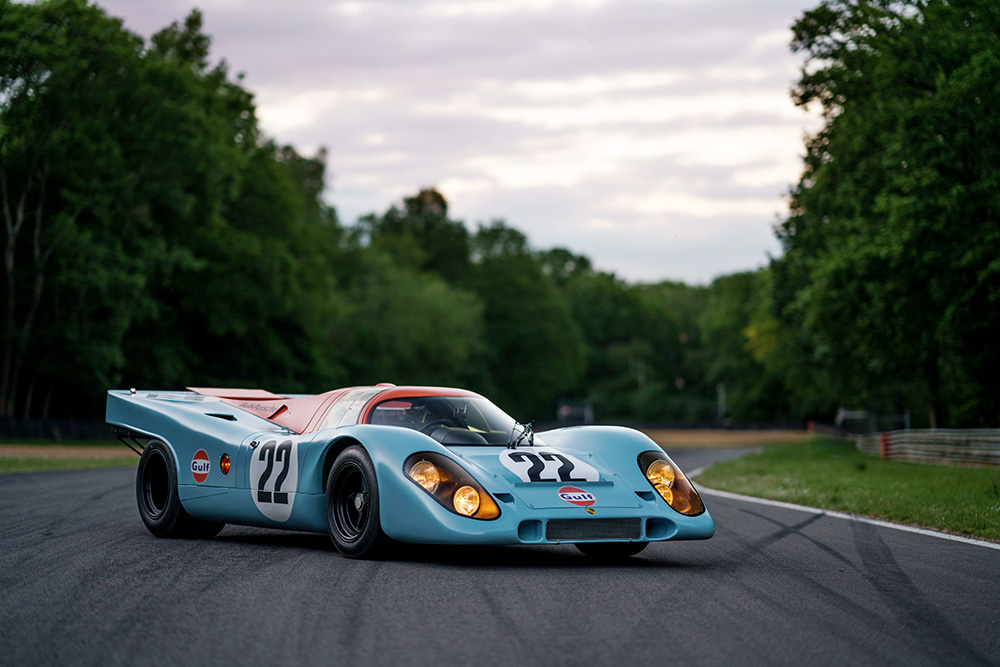
It is the second time in four years a Le Mans car has failed to sell – chassis 917-031/026 (pictured above) failed to find a new owner at RM Sotheby’s Monterey sale in 2021 against an estimate of $16m-$18m. The last Le Mans (film) 917K to sell was chassis 024 at Gooding & Co’s Pebble Beach sale in 2017. That hit $14,080,000 against a $13m-$16m estimate.
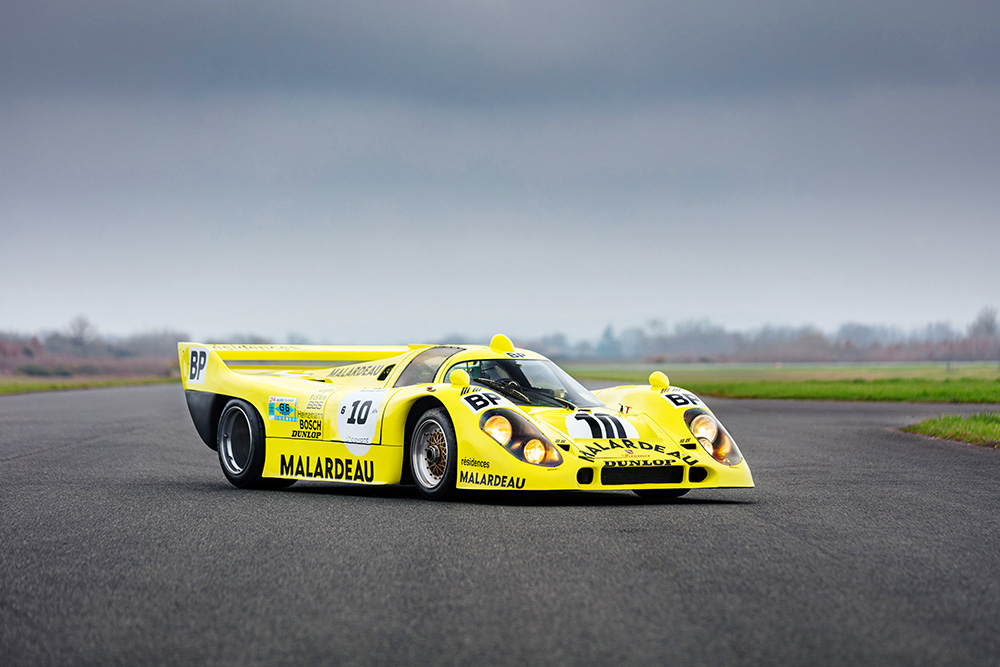
However, it should be noted that Porsche 917s have a habit of disappointing at auction. The Kremer-built 1981 K-81 (pictured above) – the final factory-blessed chassis built – sold for €2,648,750 against a €3.5m-€5m estimate at RM Sotheby’s Monaco 2024 auction, while the 1970 917/10 prototype offered by the same auction house in Paris in 2017 failed to sell at €4.6m-€5.5m estimate.
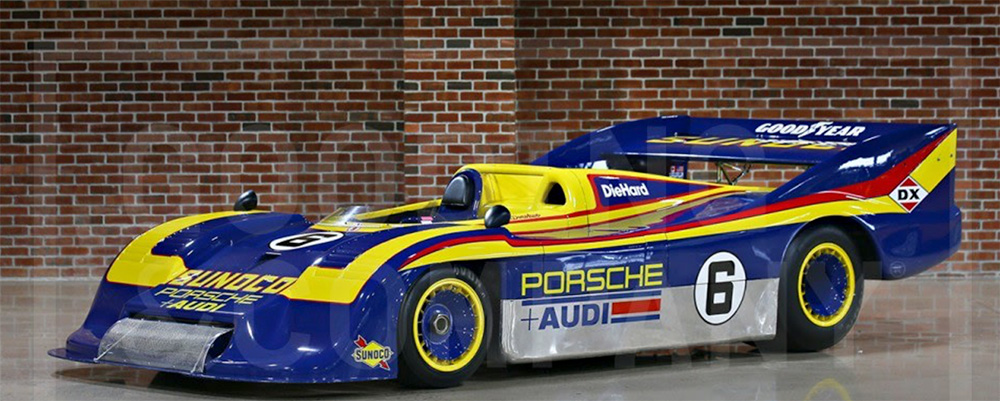
Things don’t get much better with thunderous Can-Am Turbopanzers. 917/30-005 was unsold at RM Sotheby’s Paris 2014 sale with an estimate of €2.1m-€2.9m, while chassis 917/30-004 (pictured above) sold for $3m against a $5m-$7m estimate at Gooding & Co’s 2016 Amelia Island sale. That particular car also hailed from Jerry Seinfeld’s collection.
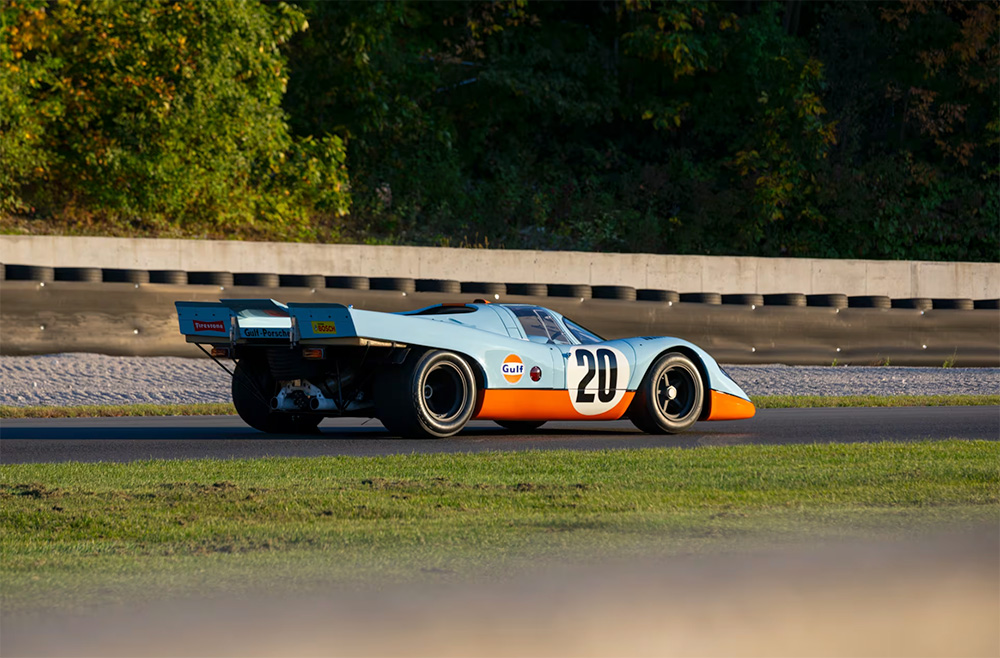
So why does the 917 appear to struggle at auction? Well, according to those who’ve had experience of them, they’re uncompromising to drive. David Piper lost part of a leg filming Le Mans itself, John Woolfe died on the first lap of the 1969 Le Mans 24 Hours, and Brian Redman once told an interviewer the car made him perpetually nervous – and that when it crashed, the frame tended to snap in half. Actually using these Porsches in Historic racing can, therefore, be challenging.
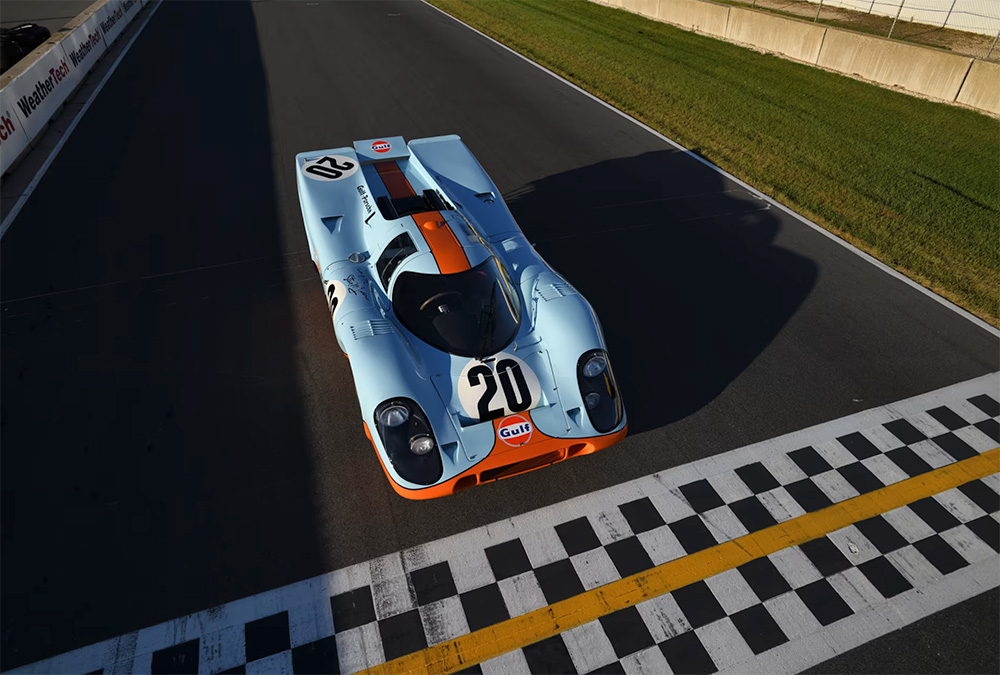
For those who do go racing, or for those who are keen students of motor-racing history, the Le Mans film cars occupy a strange hinterland. While 031/026 competed at Le Mans with David Hobbs and Michael Hailwood at the wheel in 1970 (not particularly successfully), the other two cars had limited racing experience. A car with extensive history, I’m told, would be far more interesting and thus more valuable to Historic racing collectors.

This leaves the car’s appeal to fans of the film – who, as it turns out, are often not actual Historic racing drivers – and fans of Steve McQueen. The movie itself has never been lauded for its acting or plot, with much of the appreciation being for its cinematography, sound and racing action. The problem here is that the film is now 54 years old and, although available via Paramount+, Sky Store and Amazon Prime Video, it’s not easily stumbled upon by new audiences.

Nevertheless, the pull of McQueen is still strong – but somewhat less than it was. According to the most recent Hagerty Power List (2023), his presence on the logbook still adds value, but other names took precedence that year. This is borne out by recent auction results: as we reported at Monterey 2023, while his 1967 Ferrari 275GTB/4 (pictured above) sold for 40 percent more than a normal example at the time, at $5.395m, it was nearly half the price the car was bought for nine years previously.
More recently, a 1972 Mercedes-Benz 300 SEL 6.3 purchased new by McQueen and used by him until his passing in 1980, sold for $148,400 at RM Sotheby’s Monterey 2024 sale. That represented a more than 50 percent premium over an Excellent condition example (according to Hagerty US valuation figures), but also a shortfall to a Concours example ($165k). Notably, however, it was some way short of the high estimate ($175k), despite €125k of work in 2013.
The King of Cool will always have that lofty title, but with cars of the 1980s, ’90s and ’00s now on the rise, perhaps the cultural influences and totemic ‘car guys’ of Hollywood are now different. Paul Walker’s The Fast and the Furious films might not immediately cross over with Le Mans‘ aesthetic, but the following for him and his cars (he was a notable collector) is strong among a younger demographic. It’s a demographic that, if aged 18 in 2001 (the year the first film was released), are now in their 40s – just about time to start building car collections. Those hoping for a major uptick in values for Mitsubishi Eclipses might still be disappointed, however…
